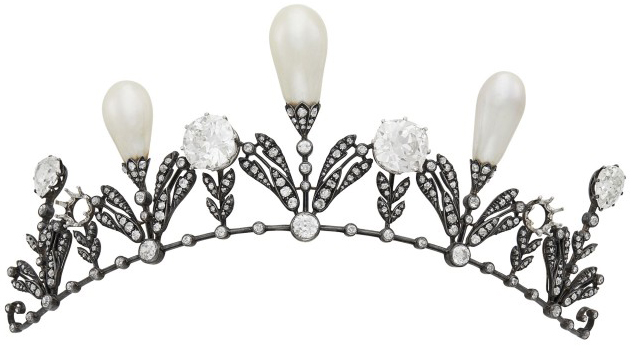By Madelia Hickman Ring
NEW YORK CITY – In a recent announcement, Doyle chief executive officer Laura Doyle wrote that the firm was planning “to introduce NFTs on a limited basis for selected marquee lots. They will be available at the request of the seller or on-demand by the buyer on designated lots. As your trusted auction partner, we hope to provide access to this new technology so that you may enjoy your collection at home and in the metaverse. We are here for you at every stage of your collecting journey.”
With NFTs being a relatively new component of the auction marketplace – and one many people associate with contemporary digital art – we reached out to Doyle for some additional details.
“For us, so much of it was thinking about the traditional collector and collecting categories and including them in the conversation about NFTs. We think that the appetite for NFTs can apply for traditional collections. Our goal is to offer this to the market and to listen and learn, to see where the demand is. It is likely going to appeal to people who are buying the really unique item, not just the generic. There are lots of different directions collectors can go with this; it’s an opportunity to build a collection in a digital space.”
Under the general header “selected marquee lots,” think historic. Truly one-of-a-kind pieces. Provenance to history makers will need to be ironclad. Some NFT-worthy lots that the auction house has sold previously include an antique silver, gold, pearl and diamond comb-tiara that had provenance to Melissa Clementine Johnston Wilson of the Gilded Age-era Wilson family of New York City, which Doyle sold for $423,000 in December 2020. Or the portrait of Napoleon Bonaparte’s sister, Pauline, Madame Leclerc, that had been painted by Marie-Victoire Lemoine around 1798-99, which brought $387,000 when Doyle sold it in February 2020.
Doyle said that NFTs could be made in either two or three dimensions.
This raised some questions on our part about where NFTs were stored, how they were accessed, if more than one NFT could be made of the same item, whether they stayed with the item if it was sold, and what happens if access to the NFT is lost. Doyle was more than happy to answer them.
“There is only one NFT created per lot, and it transfers with the lot. The seller may choose to have us create one as part of its marketing strategy or the buyer will commission one upon purchase. NFTs live in blockchain and in the owner’s (digital) wallet; the blockchain is updated when the NFT/lot is transferred. There are different ways to access them depending on the platform that is used, i.e., you can display the image that was used to create an NFT on a screen, a website, etc, to represent the NFT. Access to an NFT might get lost, but the NFT will remain on the blockchain.”
For the next generation of collector, it’s a way to tie the physical and the digital together. And, for Doyle, it’s an opportunity to be part of this developing, market-shaking, conversation.





